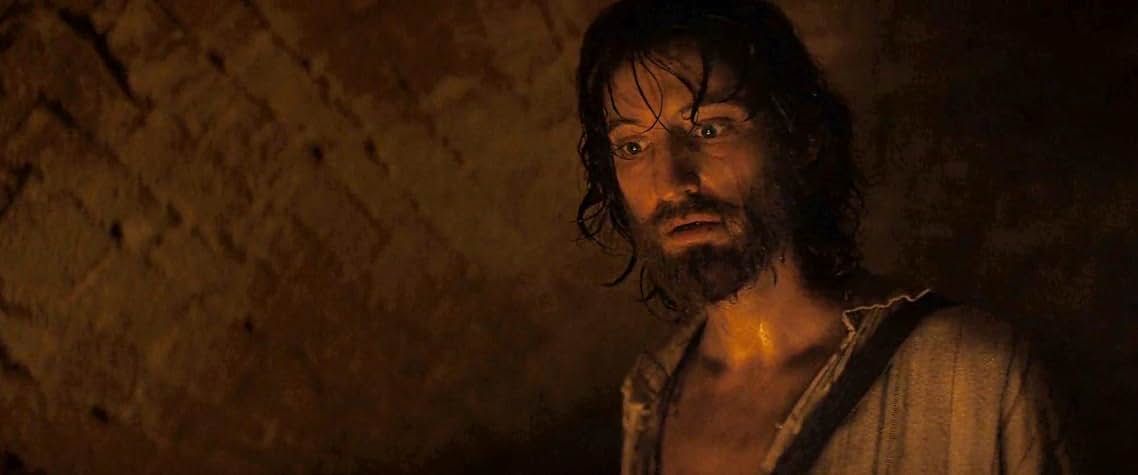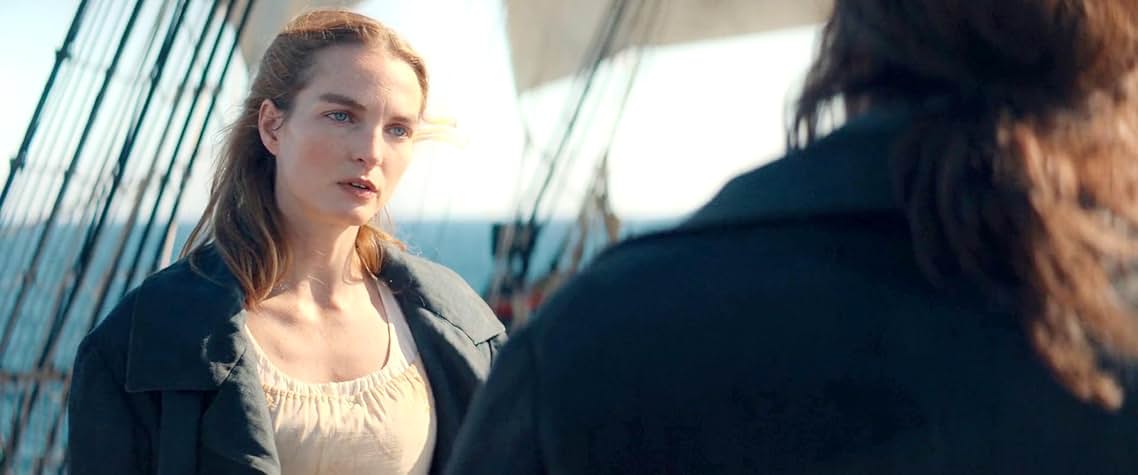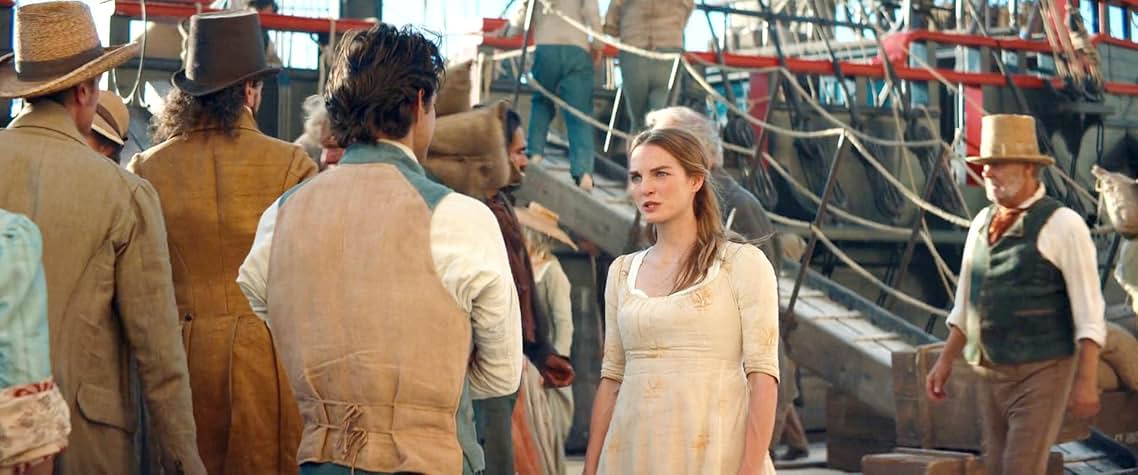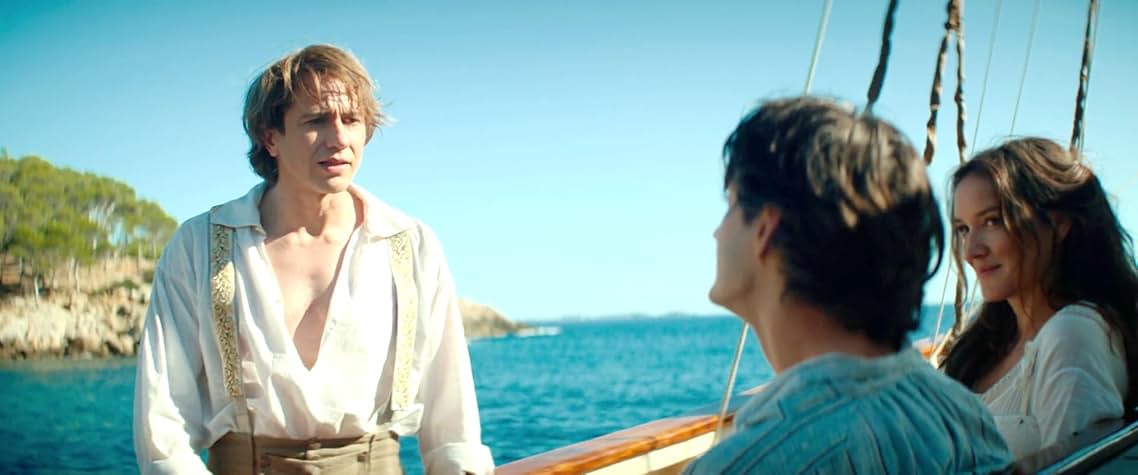
1. Bille August’s adaptation of *The Count of Monte Cristo* reimagines the classic novel with cinematic depth and global appeal. His signature Nordic aesthetic blends with French romanticism, while the series' high-end visuals and natural lighting create an immersive, modern retelling. Composer Alberto Iglesias fuses flamenco, Nordic folk, and symphonic music to underscore themes of rebirth and cultural fusion. The result is a visually stunning, emotionally rich miniseries that honors the original while resonating with contemporary audiences worldwide.

2. Sam Claflin delivers a deeply nuanced performance in The Count of Monte Cristo, portraying Edmond Dantès through his evolution from sailor to prisoner to noble count. His subtle use of expression, especially in emotionally intense scenes — including a 7-minute silent monologue — brings psychological depth and authenticity to the role, making this adaptation’s portrayal of the character’s transformation more compelling than ever before.

3.The miniseries modernizes and deepens its female characters. Mercédès is reimagined as a strong, morally complex figure who makes sacrifices for love and loyalty, while Haydée is given emotional depth and philosophical weight through an expanded backstory. These changes elevate the women from passive figures to integral voices in the narrative, enriching the story’s emotional and thematic layers.
4. Innovation in Narrative Structure: Dual Timelines and Memory Flashbacks**
Bille August employs a bold nonlinear narrative structure. The main timeline (Paris, 1838) is interwoven with the past (Marseille, 1815) through masterful editing, creating powerful dramatic irony. For example, at the end of episode one, the camera cuts directly from young Edmond’s wedding celebration to the Count of Monte Cristo overlooking the Morcerf family from an opera box in Paris — a jarring shift in time and space that delivers far greater emotional impact than a straightforward chronological telling.
Flashbacks are presented with rich variety: sometimes triggered by the Count’s brief daze while looking at an object (such as Mercédès’ handkerchief), sometimes as nightmare-like fragmented imagery (the sound of prison chains), and occasionally via mirror reflections (a young Edmond’s face appearing in the window of prosecutor Villefort’s office). This psychological treatment of time keeps the viewer immersed in the protagonist’s perspective, allowing them to experience his emotional trauma firsthand.

5. Visual Symbolism: A Network of Water, Mirrors, and Gold Coins**
Cinematographer Anthony Dod Mantle (*Peaky Blinders*) constructs a tightly woven system of visual metaphors throughout the series. The imagery of **water** recurs persistently: the opening scene’s turbulent Mediterranean Sea represents the unpredictability of fate; the dampness in the prison walls symbolizes the slow erosion of time; the Count’s ritualistic bathing signifies spiritual rebirth; and the climactic duel in the rain completes this cyclical water motif.
The use of **mirrors** is particularly striking: in the mirrored halls of the Venetian palace, the countless reflections of the Count symbolize his fractured identity; a detail showing Villefort adjusting his wig in front of a courtroom mirror hints at the hypocrisy of the justice system.
Most unforgettable is the visual treatment of **gold coins**. The Monte Cristo treasure is not depicted as mere wealth, but rather as part of a ritualistic, almost sacred spectacle. In a top-down shot, Edmond pours coins from above, the golden flow resembling liquid. Accompanied by a sudden absence of sound, the scene evokes an almost surreal, awe-inspiring effect. These coins reappear throughout the Paris sequences — close-ups of the Count toying with them, and their movement through Danglars’ bank — forming a subtle critique of capitalist society.
**6. Projection of Contemporary Issues: Judicial Injustice, Immigration, and Class Entrenchment**
The screenwriting team skillfully aligns the novel’s original social critiques with current European realities. Villefort’s embodiment of **judicial corruption** draws parallels to modern political scandals; Danglars’ **banking speculations** mirror the 2008 financial crisis; and Fernand’s exploitation of colonies like **Algeria**, as a French nobleman, directly echoes postcolonial traumas related to immigration. A newly added storyline in Episode 5 set in the slums of Paris further complicates the Count’s avenger persona—depicting him as a kind of “**Dark Knight**” figure secretly aiding the poor.
One particularly noteworthy addition is the expanded depiction of the crew of the *Pharaon*. The series introduces a new character, **Yannick**, a North African sailor played by Blake Ritson. As Edmond’s fellow inmate and eventual aide, his storyline creates a deliberate dialogue between 19th-century Mediterranean migration and the **modern European refugee crisis**. This adaptation not only deepens the narrative but also avoids the historical vacuum that often plagues classic literature adaptations.
**Conclusion: A Digital-Age Fable of Vengeance**
The most remarkable achievement of the 2024 adaptation of *The Count of Monte Cristo* lies in how it faithfully preserves the thrilling intricacies of the original plot while breathing new life into the story through audiovisual innovation and the integration of contemporary themes. In the final episode, as Monte Cristo and Haydée sail into the horizon, the scene abruptly cuts back to a young Edmond Dantès gazing into the distance aboard the *Pharaon*. The accompanying voiceover—"All human wisdom is contained in these two words: wait and hope"—uses this time-spanning montage to elevate the personal revenge narrative into a **universal parable about human resilience**.
In an age dominated by streaming platforms, Bille August proves that **serious literary adaptations still hold the power to deeply move audiences**. This version of *The Count of Monte Cristo* will be remembered not only for its high production values and stellar performances, but also for successfully **bridging 19th-century romanticism with 21st-century existential anxiety**—allowing modern viewers to see their own enduring questions about justice, identity, and redemption reflected in the eyes of Edmond Dantès.
